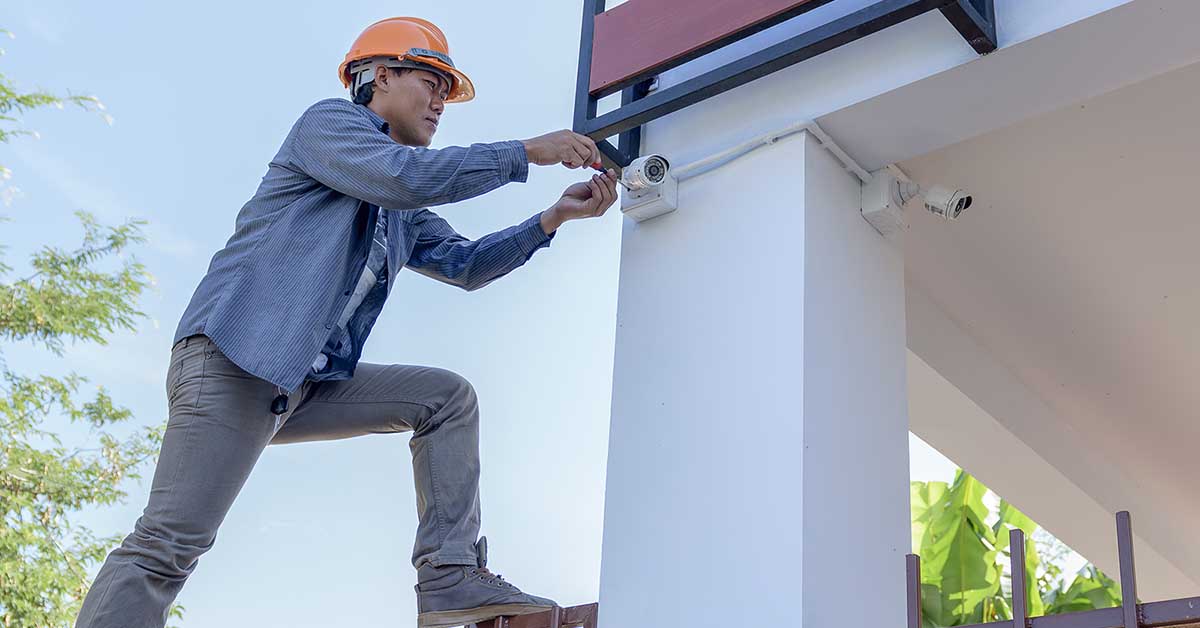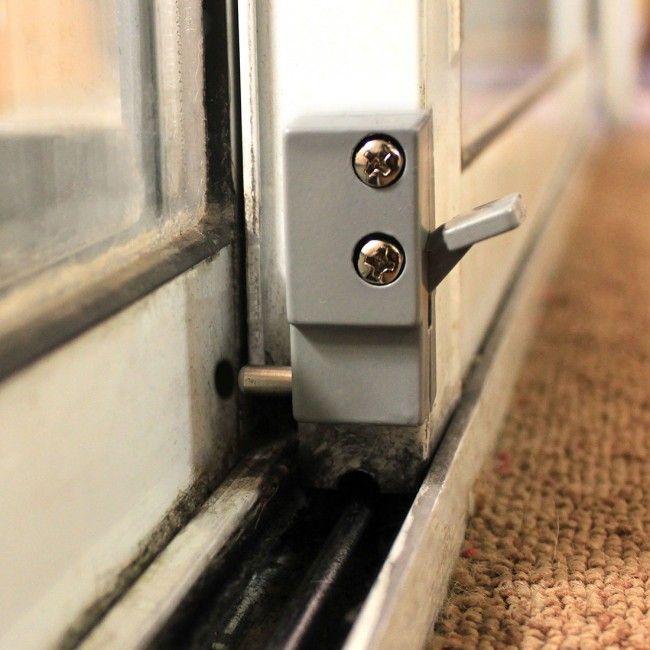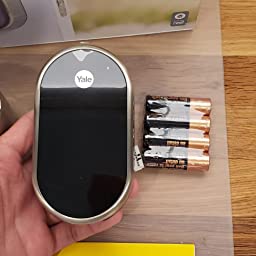
Nest Secure is among the first attempts to make security at home truly easy-to-use. For many users, it has worked out well. Does it work well enough to replace existing alarm systems, though?
Nest Secure's motion and door sensors are the best features. These devices are small, and can easily be mounted on doors, windows and wall using the strong adhesive provided with the system or by screw mounts.
These are great for tracking the opening and closing of doors and windows. They also work well with your Nest cameras' motion sensors. You can also temporarily disable the system to open a window, or to speak to a neighbour while the alarm is still on.
It's easy to access or change your security settings or password. It's all integrated with your other Nest devices, so it's easy to manage your entire home in the same app.

In addition to being able to check in at home from any device, you can get reminders of things like when you slept and how much light you've been using. It's a very useful feature, especially for homeowners who need to keep an eye on their kids and pets while away from the house.
It's easy to remove or add people from your residence. Nest lets you temporarily give a roommate temporary access. The Nest app allows you to add your new roommate as a member of your family. This will allow them access when they aren't home.
Another cool thing is that if you're on a long trip, you can set up your alarm to sound an audible signal when you leave. If it detects your presence in the home, it will shut off. You won't be worried about it ringing while you're on vacation.
Nest Secure comes with some limitations, including its high price tag and lack of compatibility with other smart home systems such as Alexa. It's still a good option for those looking to invest in a full-featured security system.
The Nest Guard main keypad/controller connects with your home Wi-Fi and bridges other Secure devices such as Tags, Detectors, etc. Nest app, as well as your WiFi network. Nest Secure's core is designed in a similar way to Google Home.

You can also disarm the system using a Nest Tag or Nest Guard that supports NFC. You can also arm it or disarm by using your Google Home Mini to speak commands.
Once you learn the ropes, it becomes incredibly easy. The Nest Secure system was easy to set-up and customize. It is an excellent way to get a start on a security system for your home. And you can add other Nest products later.
FAQ
What is the best wireless system for security?
D-Link Wireless Security System has been my top choice for wireless security. It's also one of the most cost-effective systems. It includes everything you need. The package includes a camera, motion sensor and remote control. You just need to plug it in and follow these simple instructions.
Motion sensors are equipped with alarms
Motion sensor alarm systems have been around for decades, and they have become increasingly popular due to the rising number of break ins and thefts. These alarms are too costly and won't work in cabinets. A motion sensor alarm system can be a great way to protect your home against intruders.
What is the best security system to install?
The best security system to install depends on how much you value your home and belongings. The cheapest alarm system, which doesn't offer enough protection, is the basic one. Or you can get a more advanced one which offers better features like remote monitoring, video surveillance, and access control.
Can I install my own security camera?
Yes! You can install a home alarm yourself if you know what you're doing. If you don’t want to hire someone to do it, they will be able help you.
How much does a quality home security system cost you?
A home security system that works well will cost you about $2,500. While this may seem high-priced, it's actually quite affordable when compared to the peace and security you'll enjoy by owning a safe and secure house.
Statistics
- That's probably why Cove has a whopping 98%* customer retention rate. (safewise.com)
- (In my experience, the discount on my home insurance covered about 25 percent of the subscription of an average plan, but your mileage may vary depending on your location and the size of your home.) (theverge.com)
- Unlike other online safety services that charge up to 100 percent of your monthly fee, Cove charges no upfront fees and has no hidden costs.
- Depending on your insurance, 24/7 professional monitoring may qualify you for as much as 15% off your premium. (safewise.com)
External Links
How To
How to test a home security system
How to test a Home Security System
The first thing you need to do is install your alarm-monitoring software on your PC. Download the most recent version from the manufacturer's site. The next thing you want to do is to set up your phone number so that when someone calls the monitoring center they get routed directly to your line. If you don’t know the right way to do this, your local service provider can help you. Now you can start testing once everything is in place.
Two main methods can be used to test your system. First, you can use a fake device. It is a fake device that appears to be the real thing. It looks the same as the real thing but doesn't work. When you turn it on, it sounds just like the real thing would if it was working properly. However, there are some drawbacks to using a dummy device. The first is that it doesn't reveal anything about your system's functionality. If it is left around, it may look suspicious. Third, it might be stolen and cause trouble.
The second method is to test your system manually. You'll need to test every aspect of the system, and ensure it works correctly. For example, you'd check to ensure that the motion sensors are working properly, the cameras are recording, the door locks are functioning, etc. Every item should be checked at least once every week. After you've tested everything thoroughly, you can feel confident that your system is working well.